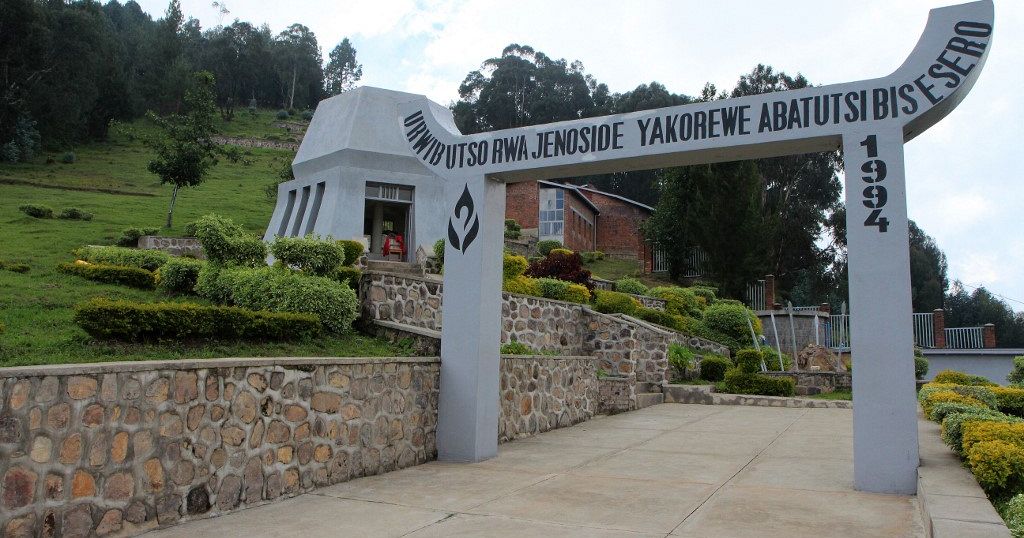
Four memorials commemorating the Tutsi genocide in Rwanda, during which at least 800,000 people were exterminated, became UNESCO world heritage sites on Wednesday, the UN organization announced.
“New inscription on the UNESCO World Heritage List. Genocide memorial sites: Nyamata, Murambi, Gisozi and Bisesero”, indicated UNESCO on X (ex-Twitter). These four sites commemorate the massacres which bloodied Rwanda over a hundred days between April and July 1994, targeting the Tutsi ethnic group but also moderate Hutus.
Located on Gisozi Hill a few kilometres from the centre of the capital Kigali, the Genocide Memorial, built in 1999 and inaugurated in 2004, is the main one of some 200 places of remembrance which dot “the country of a thousand hills”.
The site notably houses the remains of 250,000 people found in the streets, houses, mass graves and rivers of Kigali and its surroundings.
In the museum retracing the history of Rwanda, the visitor finds himself confronted with display cases displaying skulls, bone fragments, torn clothing, images of piled up corpses, portraits of victims and weapons – machetes, clubs, rifles – used by genocidaires.
The other sites classified by UNESCO were the scene of some of the bloodiest killings of the genocide. In the Nyamata church, about forty kilometers south of Kigali, 50,000 people who had sought refuge there were massacred in one day.
The building has been transformed “into a memorial representative of other churches in which the victims of the genocide died”, states UNESCO on its website.
On Murambi Hill, about 150 km southwest of Kigali, local authorities and the former Rwandan armed forces called in April 1994 on the Tutsi population to regroup in a technical school group under construction under the pretext of guaranteeing their security, before massacring them. Between 45,000 and 50,000 people died there.
The Bisesero site notably commemorates the resistance led, with spears, machetes and sticks, by Tutsi against the genocidaires who murdered hundreds of people in the hills of this region in the west of the country. The Bisesero massacres are one of the most sensitive episodes of the genocide.
In June, French justice relaunched the investigation into the complaint of several associations, which accuse the forces of the French military-humanitarian mission Turquoise of having, from June 27 to 30, 1994, knowingly abandoned the Tutsi civilians taking refuge in the hills of Bisesero, allowing the massacre of hundreds of them to take place.
Read More: World News | Entertainment News | Celeb News
African News







